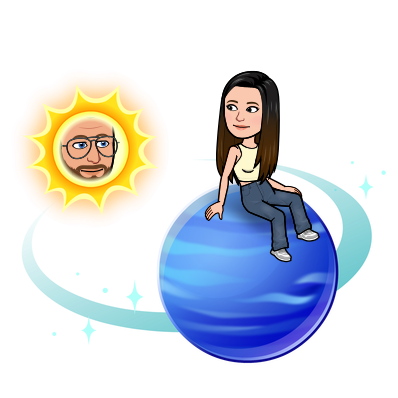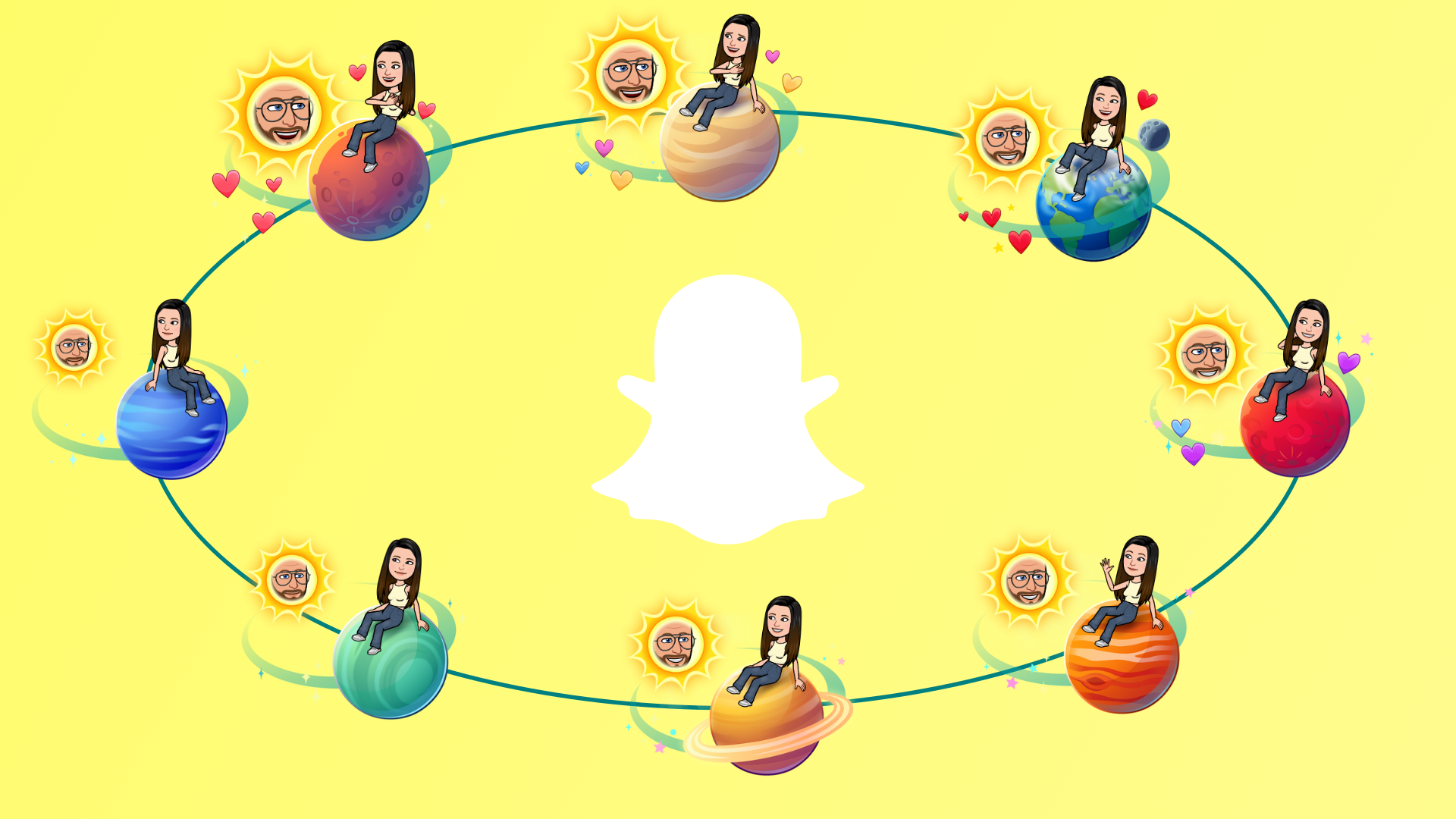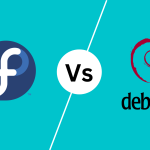In the Snapchat universe, each of your friends can be assigned a different planet. The order of these planets isn’t random; it represents the hierarchy of your Snapchat friendships. Just like the real solar system, Snapchat has its own order, from Mercury to Neptune, with each planet having its own special place and significance.
In this journey, we’ll explore what each planet means in your Snapchat world. From your best buddies close to “Mercury” to the friends you don’t chat with much near “Neptune,” every planet tells a story of your friendships.
Snapchat Planets in Order
The order of the planets in your Snapchat solar system isn’t just for show. It reflects the dynamics of your interactions. The more you snap and chat with someone, the closer their planet will be to the sun (you). This gamified approach encourages users to interact more frequently with their friends, creating a more engaging social experience.
Mercury: The Closest Confidant

Mercury is the planet nearest to the sun, and in your Snapchat solar system, it represents your best friend. This is the person you interact with the most, sharing countless snaps and chats. Here’s what makes Mercury special:
- Constant Communication: You snap and chat with this friend daily, making them your go-to person for sharing moments.
- Deep Bond: The frequent interactions indicate a strong and meaningful friendship.
- Top Spot: Holding the closest position to you, Mercury signifies the friend who knows you best.
Venus: The Reliable Right-Hand

Venus comes next in line, symbolizing a very close friend. This person might not be your number one, but they are still extremely important in your Snapchat life.
- Frequent Interactions: Regular snapping and chatting make this friend a reliable companion.
- Shared Interests: You often share similar interests and enjoy keeping each other updated.
- Close Connection: Venus represents a friendship that’s both steady and significant.
Earth: The Steady Companion

Earth is all about balance and stability, just like our home planet. This friend represents a well-rounded relationship.
- Regular Contact: You maintain a consistent communication pattern with this friend.
- Mutual Dependability: There’s a sense of reliability and mutual support.
- Balanced Friendship: Earth symbolizes a friendship that’s both meaningful and dependable.
Mars: The Fun Adventurer

Mars is known for its adventurous spirit, and so is this friend. They bring excitement and spontaneity to your Snapchat universe.
- Occasional Bursts of Fun: Interactions might not be daily, but when they happen, they are thrilling.
- Shared Adventures: This friend is likely someone you engage with in exciting or adventurous activities.
- Energetic Connection: Mars represents a friendship full of energy and fun.
Jupiter: The Occasional Snapper

Jupiter is a giant in our solar system, but in Snapchat terms, it represents a friend you interact with occasionally.
- Periodic Interactions: You snap this friend from time to time, maintaining a casual connection.
- Diverse Interests: Your interactions might be varied, covering different topics and activities.
- Casual Bond: Jupiter symbolizes a friendship that’s not as frequent but still enjoyable.
Saturn: The Rarely Seen Friend

Saturn with its iconic rings, represents a friend with whom you have rare interactions.
- Infrequent Contact: You don’t snap or chat often, but there’s still a connection.
- Special Occasions: Interactions might occur during special events or moments.
- Distant Friendship: Saturn symbolizes a friendship that’s more distant but still present.
Uranus: The Distant Acquaintance

Uranus is a more distant planet, representing a friend you rarely interact with on Snapchat.
- Rare Snaps: Your interactions are few and far between.
- Acquaintance-Level: This friend is more of an acquaintance than a close buddy.
- Limited Engagement: Uranus signifies a distant yet still acknowledged friendship.
Neptune: The Farthest Friend

Neptune is the furthest planet in your Snapchat solar system, representing a friend you interact with the least.
- Minimal Interaction: You might only snap this friend on rare occasions.
- Past Connection: They might be someone from your past or a friend with whom you’ve lost regular contact.
- Acknowledge Presence: Neptune symbolizes a friendship that’s on the outer edges of your social universe.
How Each Planet Enhances Your Snapchat Experience
Understanding the role of each Snapchat Planet adds a layer of fun and insight into your social interactions. Here’s how:
Visualizing Your Social Interactions
The Snapchat Planets provide a visual representation of your friendships, making it easy to see who you interact with the most. This can help you stay aware of your social habits and maintain strong connections with your closest friends.
Encouraging Engagement
By gamifying social interactions, Snapchat encourages users to engage more frequently with their friends. Seeing your friends as planets orbiting around you adds a fun element to the app, motivating you to keep snapping and chatting.
Strengthening Bonds
Understanding the order of your Snapchat Planets can help you identify which friendships might need a little more attention. If you notice a close friend slipping further out in your solar system, it might be a cue to reach out and reconnect
Conclusion
Each Snapchat Planet plays a unique role in your social galaxy, reflecting the depth and frequency of your interactions. From Mercury, your closest confidant, to Neptune, the farthest friend, these planets make your Snapchat experience more engaging and personalized. So next time you open Snapchat, take a moment to explore your solar system and appreciate the diverse friendships that make up your cosmic community!





